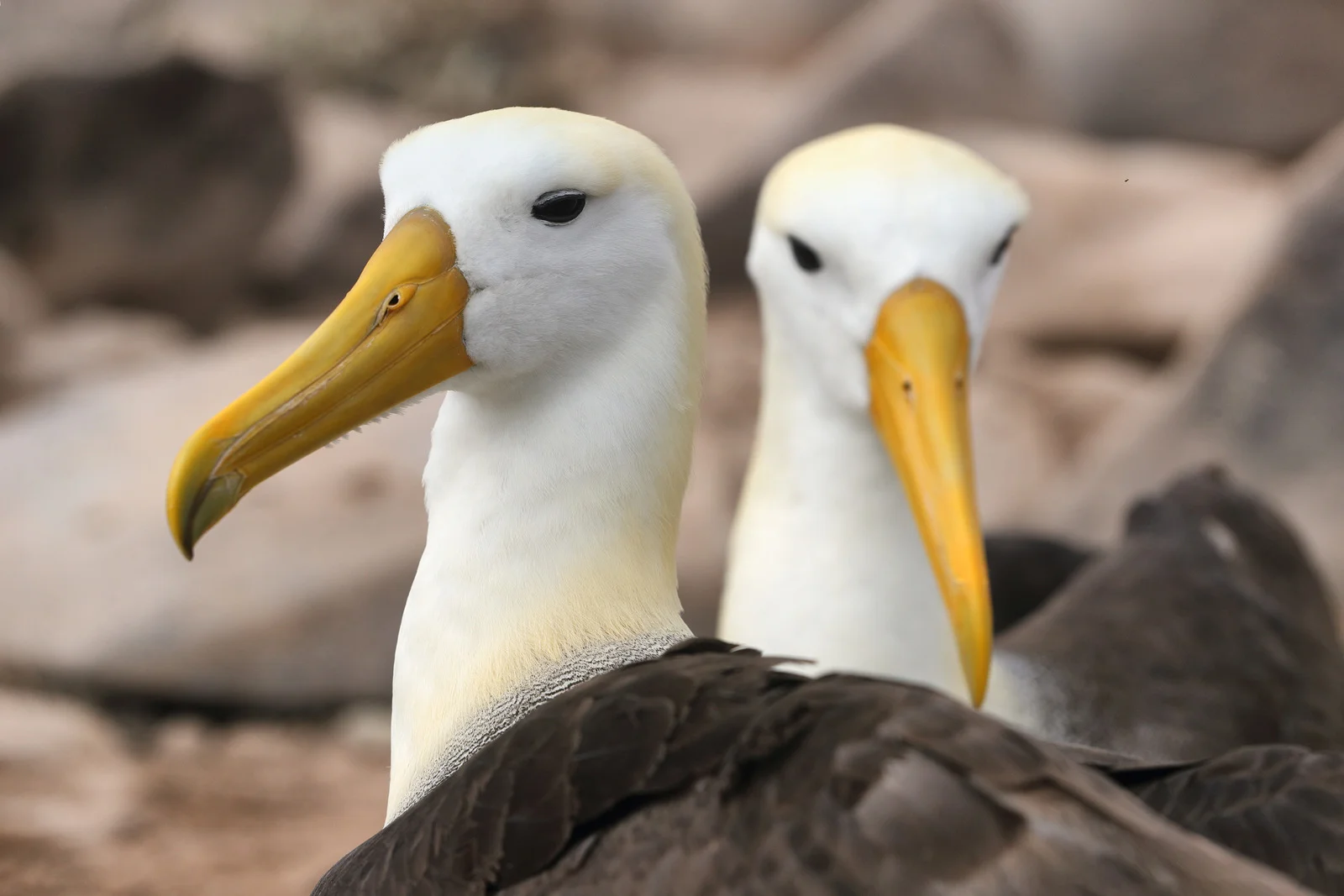
Sky Nomads: The Aerial Journey to Galapagos | Travel Blog
Table of content
Exploring the Migratory Birds of the Galapagos Islands
The Galapagos Islands, an Eden for bird enthusiasts, offer a spectacular haven for ornithophiles and casual observers alike. This enchanting archipelago boasts a remarkable avian population, including both endemic species and migratory visitors. While many Galapagos birds call these islands home throughout the year, several winged nomads embark on extraordinary journeys to these remote shores. It's a captivating phenomenon that enchants travelers with the thrill of spotting these avian wanderers. Around 29 migratory bird species grace the Galapagos Islands with their presence, each offering a unique story and reason for their sojourn. Some seek the temperate embrace of these islands during their winter, while others utilize this pristine environment as a pit stop on their extensive migratory routes. These intrepid travelers originate from diverse locations, primarily from North America and some parts of Europe. Let's explore a few of the remarkable migratory species that grace the Galapagos with their presence.
Waved Albatross: Majestic Ocean Wanderer
The waved albatross, a true giant of the avian world, is among the most awe-inspiring birds in the Galapagos Islands. Sporting an impressive wingspan of up to 2.5 meters and weighing between 2.7 and 4 kilograms, these majestic birds are a sight to behold. They feature a striking appearance with their white head, yellow crown, and a long yellow bill. Their brown bodies contrast with a white breast and underwings, while blue legs complete their remarkable look. These albatrosses grace the Galapagos between April and December, with the remainder of the year spent along the mainland coastal regions between Colombia and Peru. Their takeoff and landing are particularly fascinating as they exhibit an almost clumsy and awkward demeanor. Encounter these magnificent creatures on Espanola Island.

Whimbrel: A Scottish Guest
Originating from Scotland and various parts of the United Kingdom, the whimbrel embarks on an annual winter pilgrimage to warmer climes. These enigmatic birds are often found wading in shallow waters, distinguished by their chain mail-like brown and white feathers and distinctive calls. It's essential to keep a respectful distance from their nesting sites, as these birds are exceptionally protective of their young.
Great Frigatebird: The Soaring Mariners
Great frigatebirds are an unusual species spending part of their lives in the Galapagos Islands while dedicating the rest to the open sea. These incredible birds are known to stay in flight for months at a time, even sleeping briefly mid-air. During mating season, male frigatebirds display a captivating courtship ritual by inflating a massive red pouch under their chins to attract potential mates. The females, notably larger than the males, make for a striking sight. Observe these birds on Genovesa Island or North Seymour.
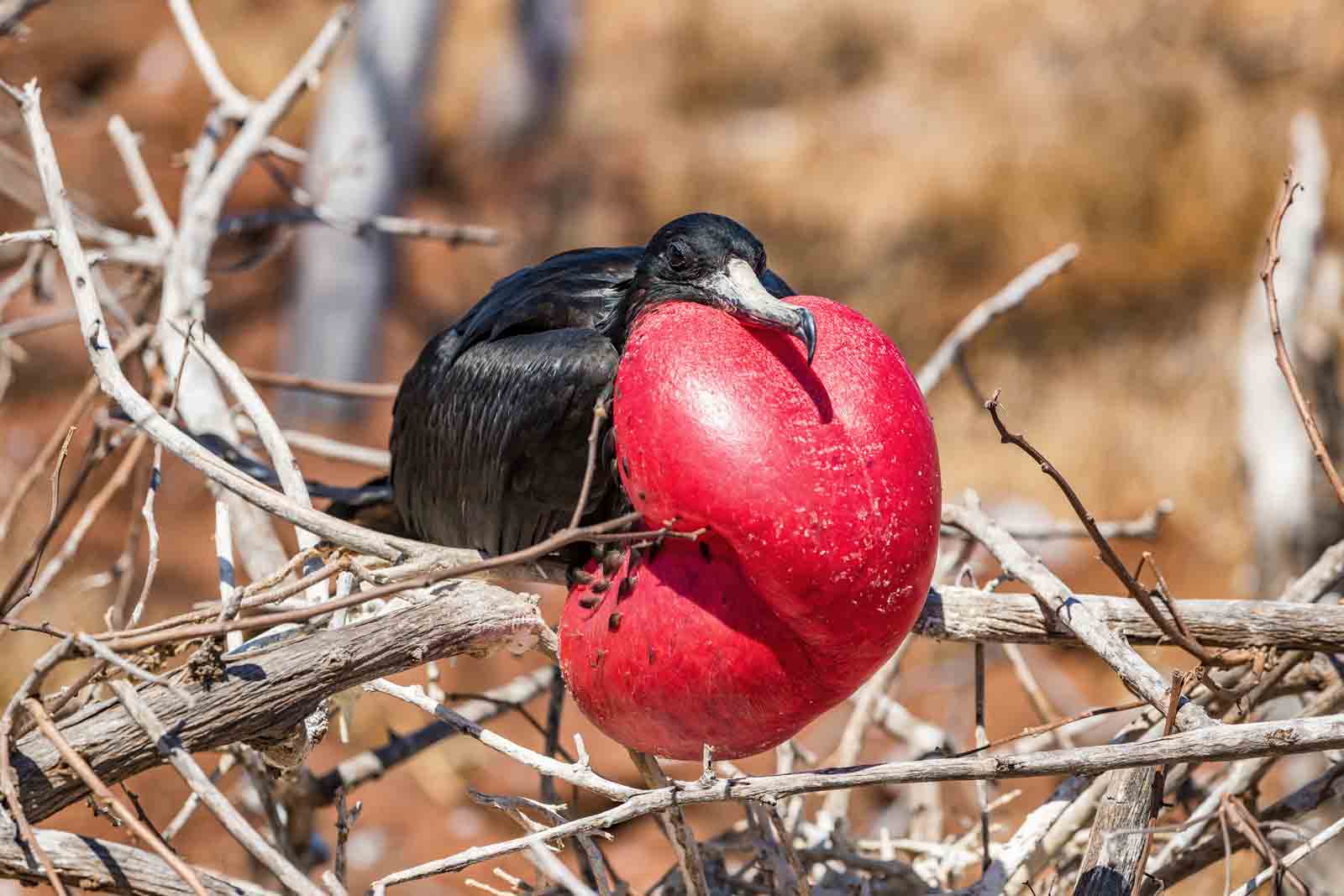
Red Necked Phalarope: The Epic Migrant
One of the most remarkable migratory birds is the red-necked phalarope. Covering an incredible 16,000-mile migration to the Galapagos Islands for the winter, these birds breed in the Arctic regions of Europe and North America. They seek warmer climates as temperatures drop in their breeding grounds. Recognizable by their brown wings, black crown, and tan and reddish neck, they prefer coastal habitats and feed on plankton found in the water.
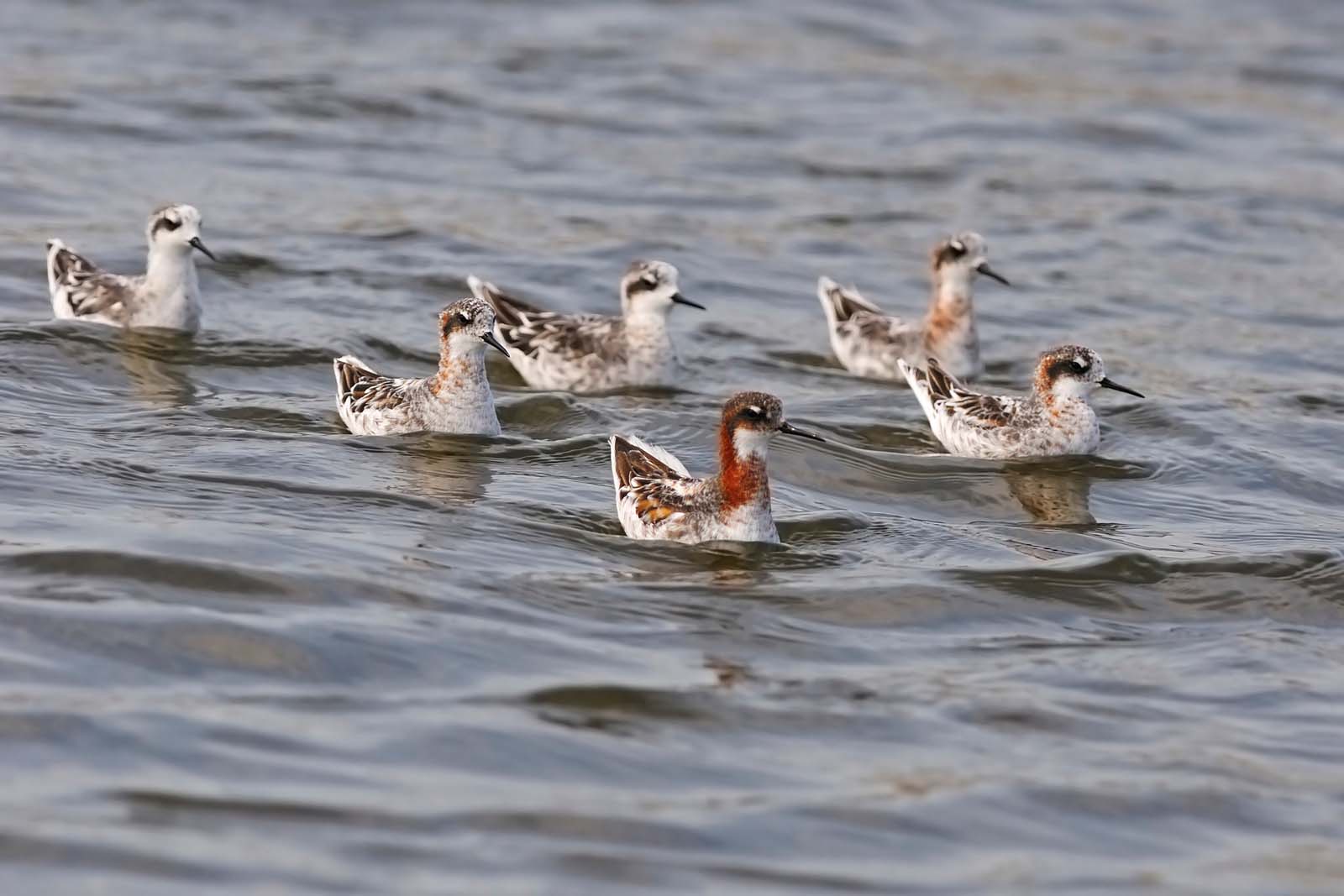
Ruddy Turnstone: The Arctic Voyager
The ruddy turnstone, a bird of the Arctic north, journeys south to embrace the summer sun once its breeding season concludes. Breeding in countries like Norway, Sweden, Finland, Estonia, Russia, Denmark, Greenland, and parts of Alaska, they feature a white undercarriage, with wings adorned in black and brown sections. Their head plumage is a blend of white and black, making them stand out in coastal landscapes. This shorebird diligently forages for food in wet sand, displaying a considerable wingspan of up to 57 centimeters and an adult weight of up to 150 grams.
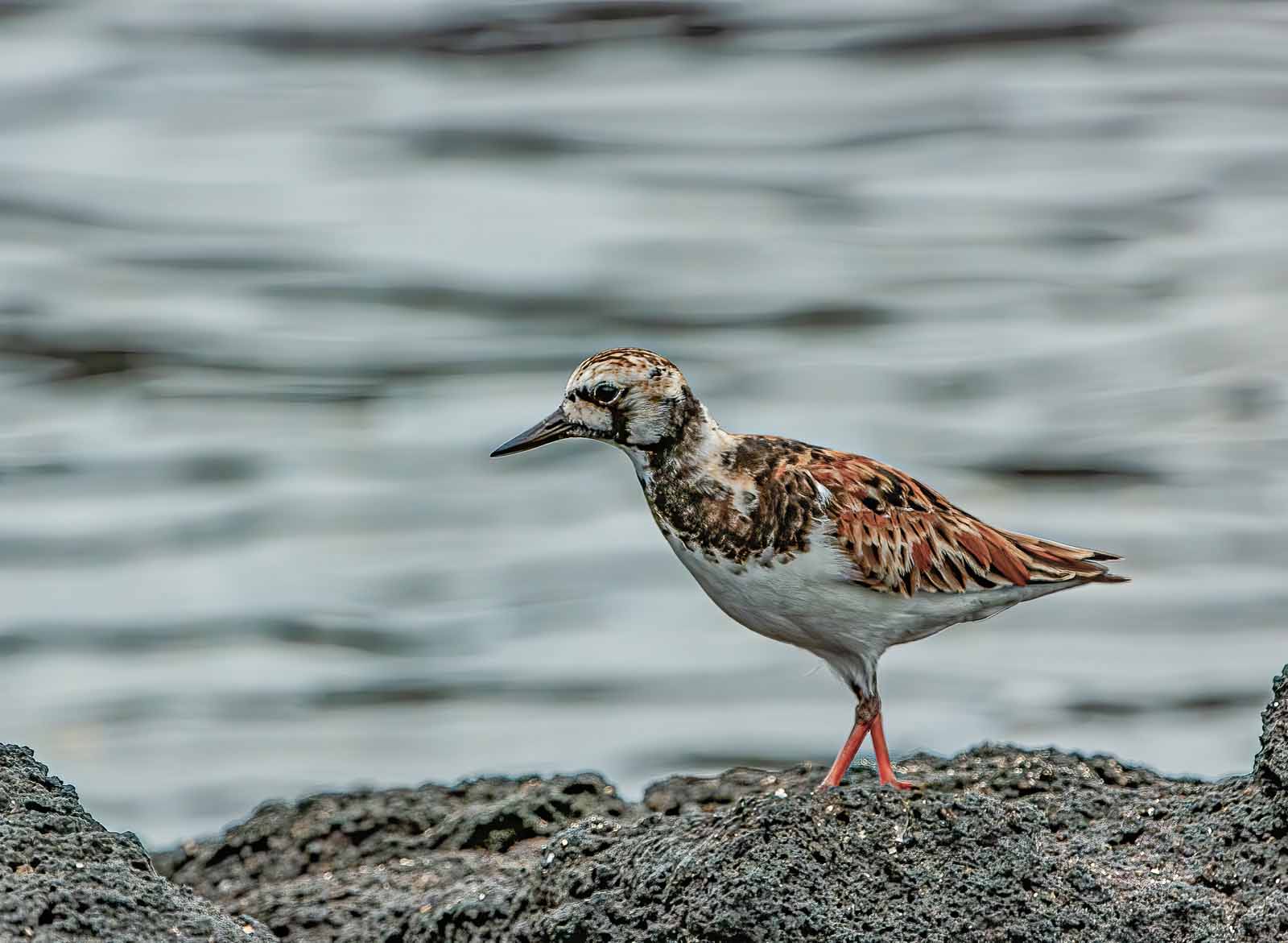
Wandering Tattler: The Nomadic Sentinel
As the name suggests, the wandering tattler is a true migratory sentinel. Spending their summers in the highlands of Alaska, Russia, Canada, and California, these birds call these locations their breeding grounds. Once the breeding season concludes and their chicks are raised, they journey south. Their migratory path extends not only to the Galapagos archipelago but also to other parts of South America. These mostly grey birds relish marine worms and crustaceans as part of their diet.
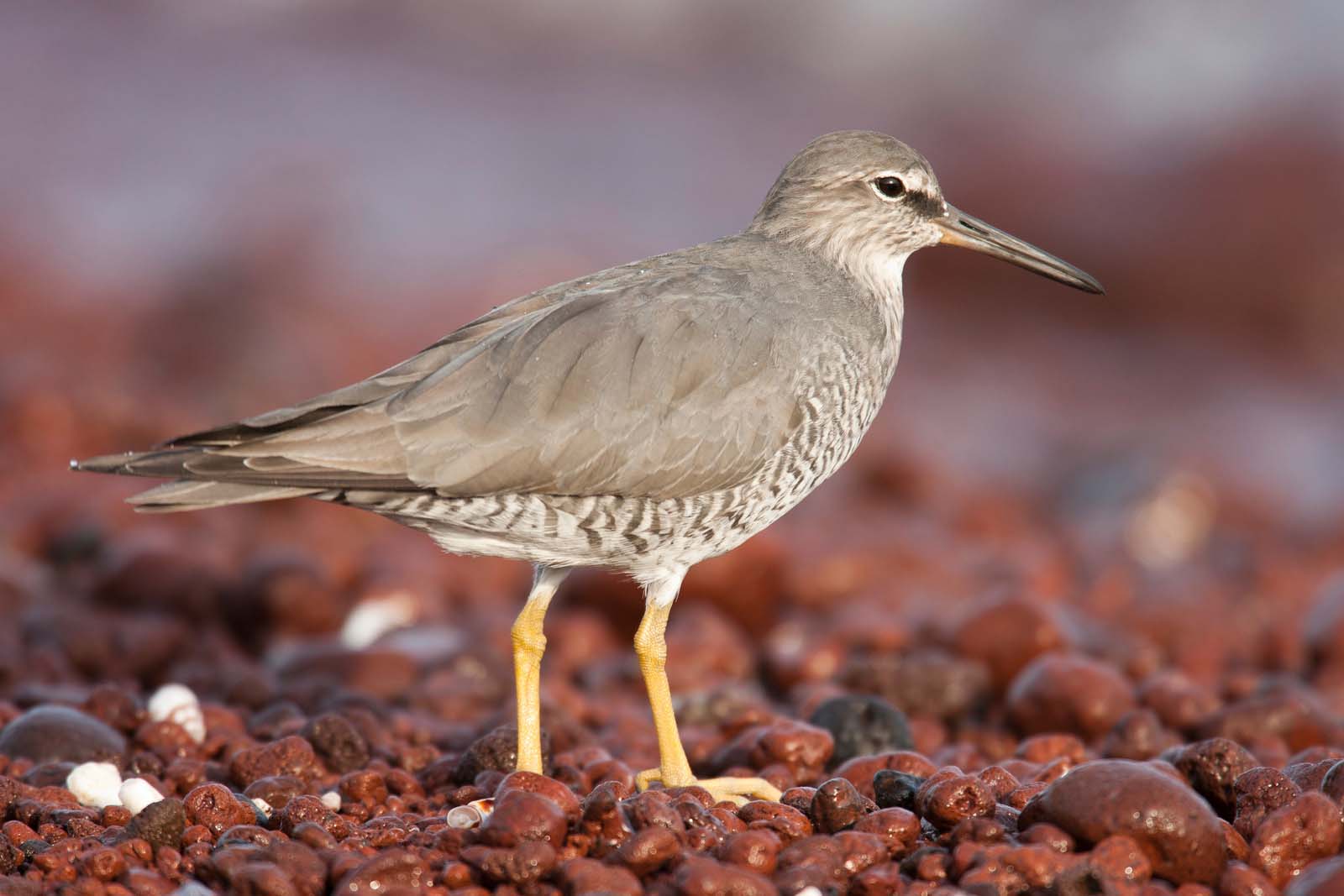
The Galapagos Islands are indeed a sanctuary for both permanent residents and temporary visitors. The diversity of avian life, from the endemic to the migratory, creates a captivating narrative of survival and adaptation in these pristine landscapes. If you're inspired to embark on a Galapagos journey to witness these remarkable migratory birds and more, whether on a thrilling Galapagos cruise or a land-based adventure, we're here to help you plan an extraordinary voyage. Reach out to us today, and let's begin crafting your remarkable Galapagos experience.
Check Our Suggested Tours:
- Itinerary E Endemic Cruise
- Galápagos by Catamaran + Machu Picchu and Peru's Land of the Inca
- 5 Day Galapagos Cruise: Your Ultimate Guide to Adventure and Wildlife
- Deluxe Galapagos Western Islands Cruise Expedition Ship Voyage
- Galapagos Isles Eastern Voyage 8-Day Relais Chateaux Luxury Cruise
- Discover the Galapagos Islands in a Cruise with Style
Check Our Galapagos Cruises:


